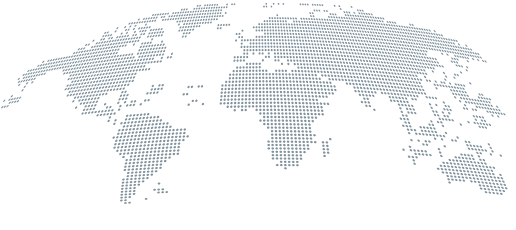Ocean freight Invoices
Learn more about ocean freight invoices.

Freight invoices can be tricky to read and understand, with each shipping modus (road, ocean, air, parcel) having all its distinct features,ocean freight invoices are often more complicated due to currency exchange rates, use of various Incoterms and fragmentation of charges. In the following article you will learn more about ocean freight invoices, what are the principle factors affecting the charges, and which charges you could typically come across.
A couple of concepts should be taken into consideration when reading a freight invoice:
The lane (route)
Incoterm: the agreed responsibilities of each party in the lane
Service Level: in the case of ocean freight Full Container Load (FCL) or Less than Container Load (LCL)
We can summarize charges as:
Origin charges (costs associated with haulage,handling, clearing of the goods at origin)
Ocean charges (charged by the ocean carriers)
Destination charges (costs associated with haulage, handling, clearing of the goods at destination)
Shipping lane
High level, we can depict an ocean lane as:

Where we have haulage at origin, an ocean transport and an inland haulage from port to the destination. Depending on the chosen incoterm, costs on freight invoices at origin, destination and terminal might be applicable or not. For example: it could be you are charged for an import for a factory in Thailand, but you could be only eligible for the costs as of the loading port. Although the container moves from door to port in Thailand, your invoice will not reference these charges, as they might be organized by the supplier.
Service Level
Either Full Container Load (FCL) or Less than Container Load (LCL) can be chosen for the service level of a container. With FCL a booking/reservation is made for a full container unit (20ft,40ft,45ft, …). With LCL service level, your load will be combined (by a consolidator) with other loads on the ocean lane. For LCL, prices will depend on volume and/or weight, FCL bookings will be charged by container unit. To give an example: an FCL cost could be charges for 1,000$ for a 40ft container, whereas an LCL load would cost 100$ per W/M (per 1000 kgs or 1.000 m3) so for a fictious pallet of 5,000 kgs, you would pay 500$.
Origin & destination charges
All charges that result from activities at origin or destination such as haulage, terminal handling (THC), customs and documentation fees can be listed. Additional charges such as chassis fee, container management fees, sealing fees can apply.
Ocean charges
These are charges applied by the ocean carrier and apart from the main freight cost (ocean rate), additional charges can be found such as: fuel adjustments - or bunker adjustment (BAF) -, documentation fees, security fees and special fees such as canal fees of piracy fees if the routing passes these zones.
Currency exchange
It is common that origin/ destination charges are quoted in the local currency. For example, if a container would be loaded in Laem Chabang, Thailand, the terminal handling charges (THC) would be in Thai Bat (THB). When receiving the final invoice, they will be – unless agreed differently – converted to a single currency. It is important to note how that currency exchange is calculated, and on what date. Some carriers/forwarders use the sailing date, others use the arrival date. Also, what exchange rate is applied and are there additional charges applied.
Typical Rates
We provide an overview of typical charges that can be found on ocean invoices below. For more information consult our glossary to find detailed explanation for each cost.
